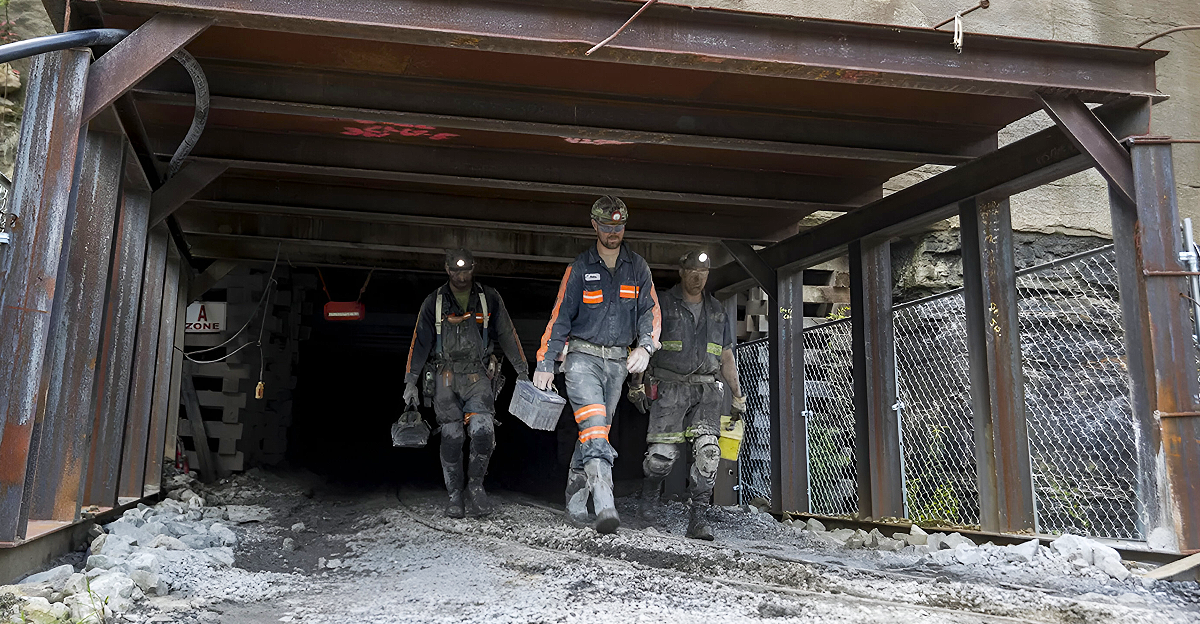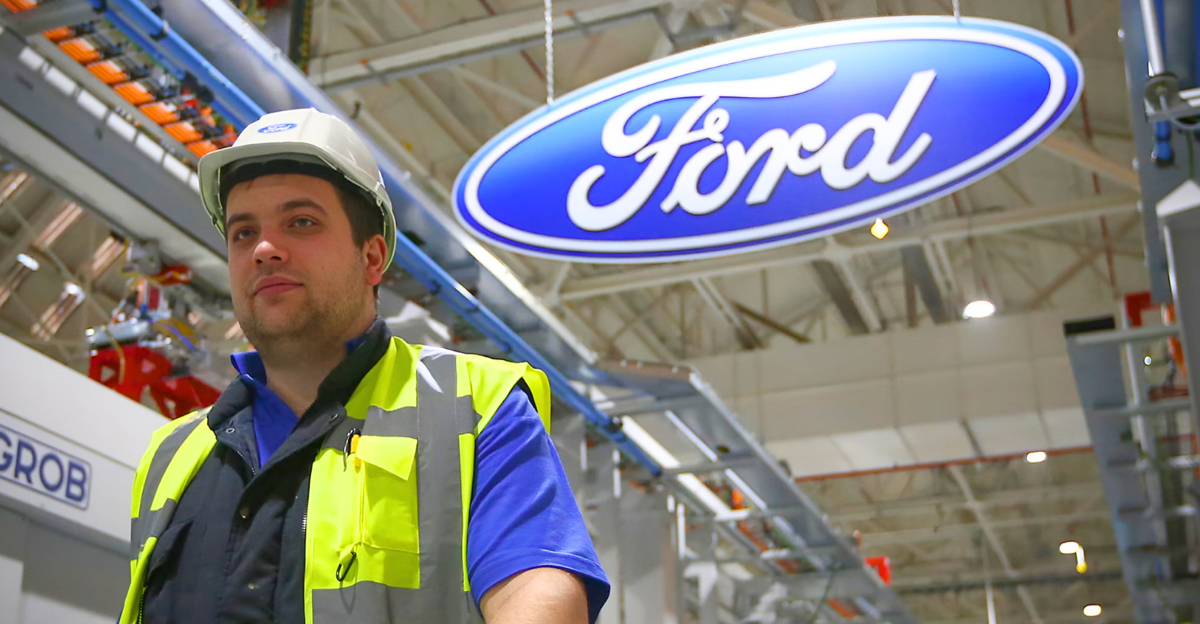
Imagine a workplace where the youngest employees are so stressed that they juggle multiple jobs. These young workers, often in their twenties, face overwhelming financial pressure, forcing them to work overtime or take on side gigs to cover basic living expenses. The stress of balancing multiple jobs leads to exhaustion, mental health struggles, and a diminishing quality of life.
This silent crisis is growing quietly within factories and workplaces across the country, yet it remains largely unnoticed by the public. What is causing this strain? Is it low wages, lack of benefits, or something more profound in the economic system? This growing tension among young workers signals a broader problem that threatens the future of the American workforce and the industries that rely on them.
A Broader Challenge for American Manufacturing

This issue goes beyond a single company; it reflects a nationwide challenge for American manufacturing and the middle class. Communities that once thrived on steady factory jobs now see young workers struggling to make ends meet. The decline in secure, well-paying jobs threatens not only individual families but also the economic health of entire regions.
As wages stagnate and living costs rise, many young workers are forced into precarious employment situations, juggling multiple roles to survive. This trend raises urgent questions: Will these communities lose their economic backbone? How will the shrinking middle class affect local economies and social stability? The stakes are high, and the outcome will shape the future of American labor and industry.
Henry Ford’s Revolutionary Wage Strategy
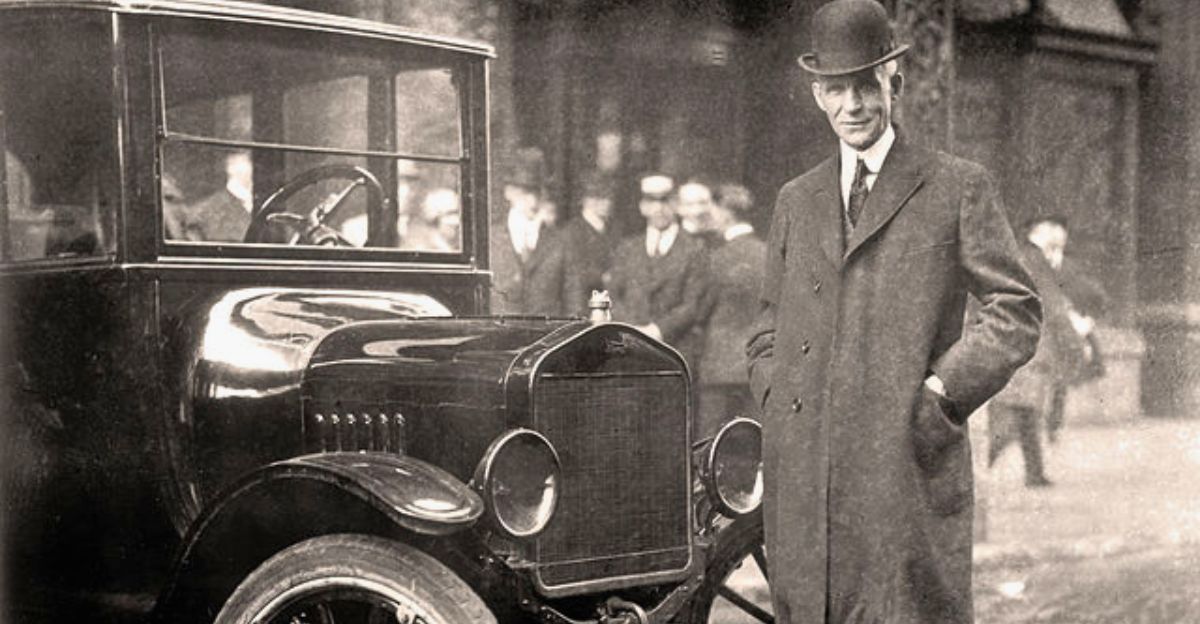
Over a century ago, Henry Ford made a bold move that reshaped the American workforce. In 1914, he doubled his workers’ wages to $5 daily, a groundbreaking decision that attracted skilled labor and reduced turnover. This wage hike wasn’t simply generosity; it was a strategic investment to boost productivity and create a loyal workforce that could afford the cars they built.
Ford’s move set a new standard for industrial labor and helped lift many families into the middle class. The ripple effects transformed manufacturing and the broader economy. Today, as companies struggle to attract young talent, many look back to this historic strategy for inspiration. Could reviving such a bold approach help solve today’s workforce challenges?
The Modern Workforce Struggles

Despite past successes, young workers today are facing unprecedented challenges. Many work long hours across multiple jobs, often with little sleep and mounting stress, yet still fall short financially. The promise of stable, well-paying manufacturing jobs has faded, replaced by precarious work and insufficient wages. Housing costs, student debt, and inflation compound these struggles, making it difficult for young workers to build a secure future.
This decline in job quality and financial security contributes to burnout and disengagement, pushing many to leave manufacturing altogether. The industry risks losing the very talent it needs to innovate and grow. Understanding these struggles is critical to crafting effective solutions for the next generation of workers.
Ford CEO Jim Farley’s Wake-Up Call

Ford’s CEO Jim Farley heard a blunt message from veteran employees: “None of the young people want to work here.” This stark feedback prompted him to revisit Henry Ford’s 1914 playbook. Farley responded by raising wages and converting thousands of temporary workers to full-time status, offering better benefits and job security.
This strategy aims to make Ford a more attractive employer for young talent, reversing years of decline in workforce morale and retention. Farley hopes to rebuild pride in manufacturing careers by investing in people and creating a sustainable pipeline of skilled workers. This bold move signals a shift in corporate thinking, emphasizing that competitive wages and stability are essential to winning the loyalty of younger generations.
Impact on Communities Across America
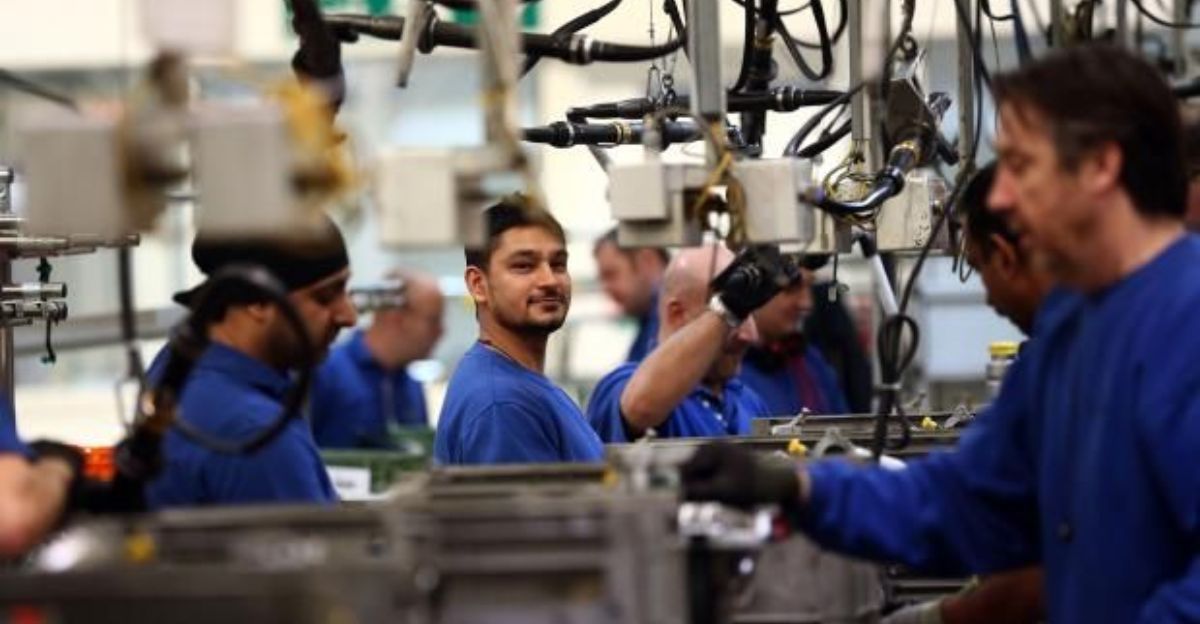
Ford’s wage and benefits overhaul is reshaping plants across the United States, revitalizing communities long dependent on manufacturing jobs. Cities in Michigan, Kentucky, and beyond are seeing renewed economic activity as workers gain more financial stability. Local businesses benefit from increased spending, schools see more engaged families, and overall community morale improves.
This transformation goes beyond the factory floor, influencing regional economies and social well-being. Ford’s approach highlights how corporate decisions can have far-reaching effects on the places where people live and work. If successful, this model could inspire other companies to follow suit, potentially reversing decades of economic decline in manufacturing towns.
Challenges in Transitioning Temporary Workers
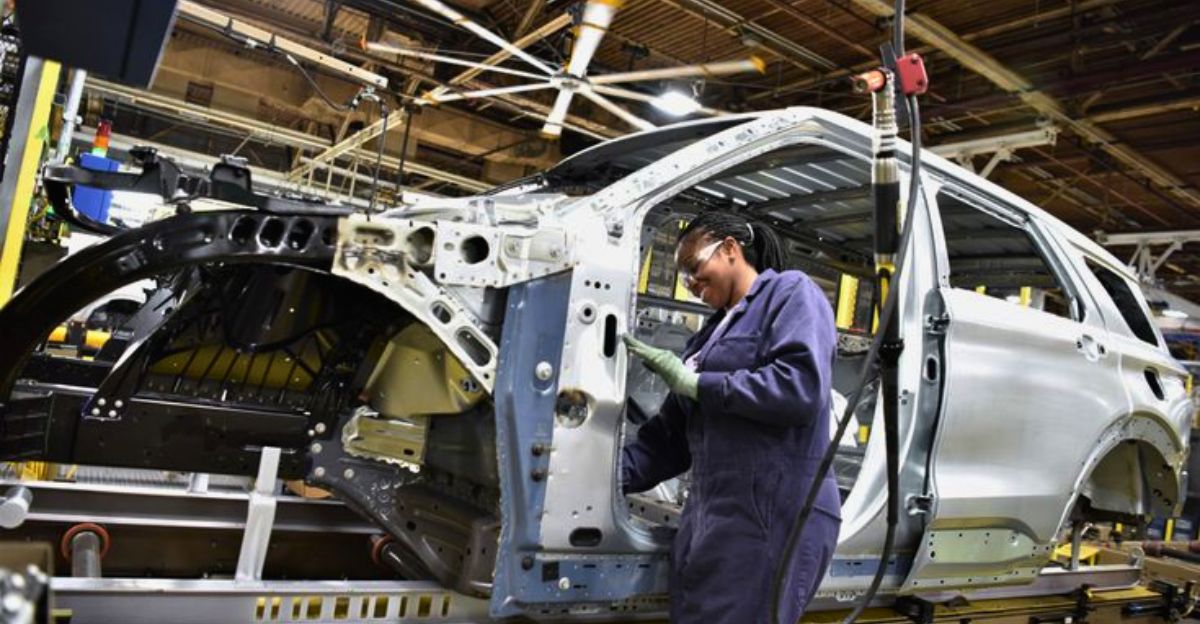
While many temporary workers are now gaining full-time status, the transition has been difficult. Ford’s financial cost of raising wages and expanding benefits is substantial. For workers, adapting to new roles and expectations can be stressful. Some still juggle multiple jobs to meet expenses, even with improved pay.
The shift requires balancing increased responsibilities with personal challenges, including childcare and education. This adjustment period underscores the complexity of workforce reform; raising wages alone isn’t a silver bullet. Continued support and flexible policies will ensure workers can thrive in their new roles and fully benefit from these changes.
The Auto Industry’s Talent Race Amid EV Shift
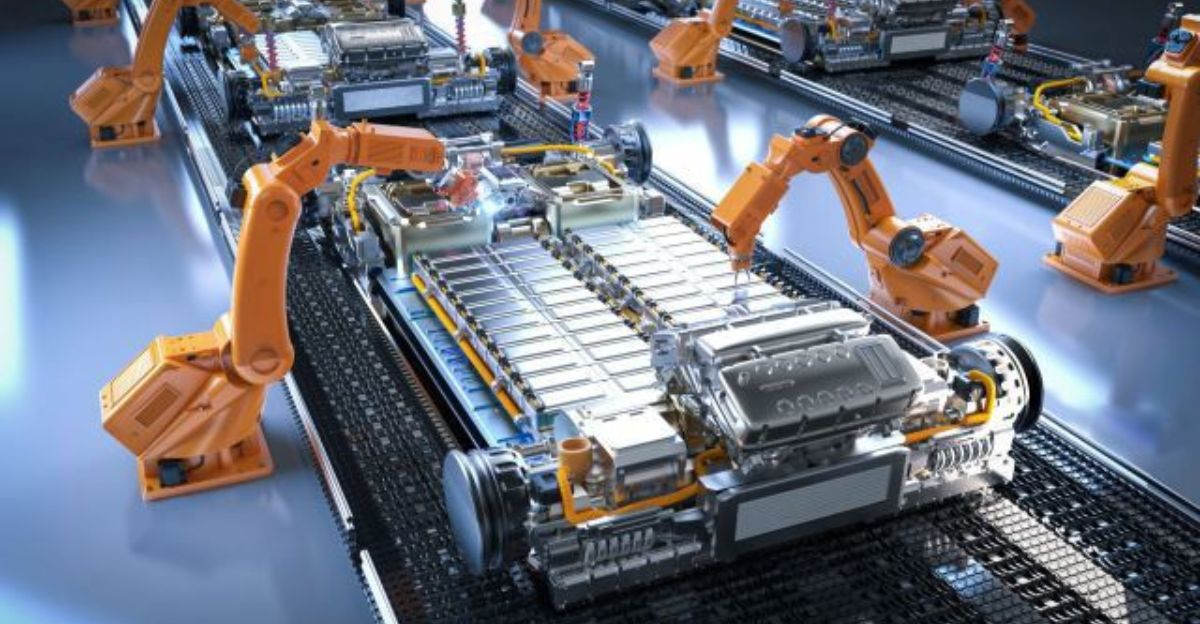
Ford is not alone in facing workforce challenges. The auto industry is engaged in a fierce competition to attract skilled young talent, especially as the shift to electric vehicles (EVs) demands new technical expertise. Automakers are investing heavily in retraining programs and modernizing plants to meet the demands of EV production.
This transition requires a workforce that is adaptable, tech-savvy, and motivated. Companies must balance legacy manufacturing skills with cutting-edge innovation, all while competing with tech firms for talent. The pressure to evolve quickly is intense, making workforce strategy a critical factor in the success of the electric vehicle revolution.
Adapting to Changing Consumer and Worker Expectations
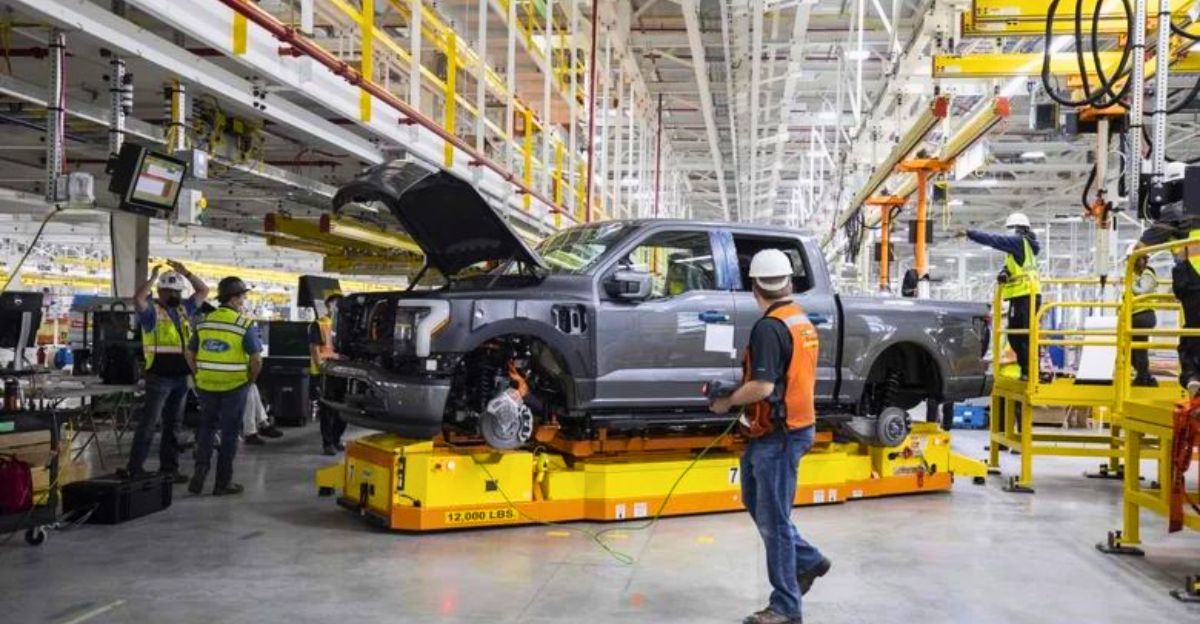
Consumer habits and technology are rapidly reshaping the automotive landscape, forcing companies to rethink how they attract and retain younger workers. Today’s employees seek more than just a paycheck; they want meaningful work, flexibility, and growth opportunities. The rise of automation, smart vehicles, and sustainability concerns means jobs are evolving, requiring new skills and mindsets.
Companies that fail to adapt risk losing relevance with both customers and workers. To stay competitive, automakers must create workplaces that align with the values and expectations of younger generations, blending innovation with a supportive culture.
Can History Guide the Future?
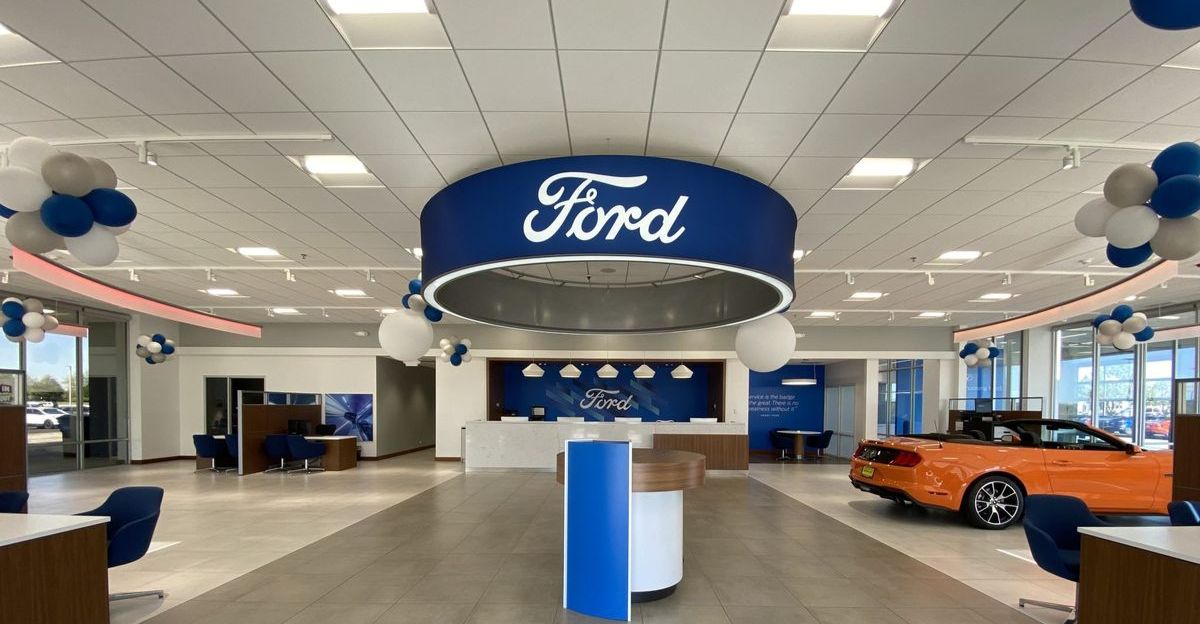
Can reviving a century-old blueprint solve today’s workforce challenges? Ford’s bold move to raise wages and improve job security echoes Henry Ford’s original strategy, but the stakes are higher in a rapidly changing world. The success of this approach could redefine American manufacturing’s relationship with its workers and communities.
As industries face technological disruption and shifting demographics, how will American manufacturing adapt to win back the next generation? The answer will shape not only the future of companies like Ford but also the economic and social fabric of the nation.

